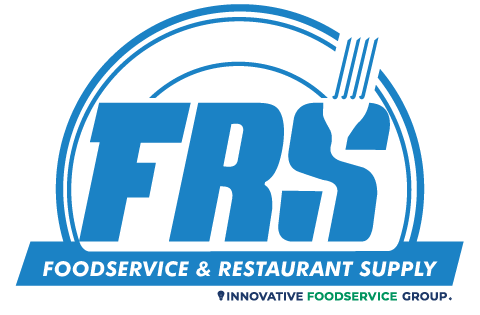How to Prevent Equipment Overheating in Summer Kitchens
When the summer heat sets in, commercial kitchens can become sweltering environments. With multiple heat-generating appliances running simultaneously—like ovens, fryers, and grills—kitchen temperatures can easily spike beyond comfortable or safe levels. This not only puts a strain on your staff but also on your equipment. Overheating can lead to malfunctions, reduced efficiency, and even costly breakdowns.
Here’s how you can protect your kitchen equipment from overheating during the summer months and keep operations running smoothly.
1. Prioritize Preventive Maintenance
Routine maintenance is your first line of defense. Schedule regular check-ups for all equipment, especially heat-intensive items such as refrigeration units, ovens, and HVAC systems. Technicians should:
Clean air filters and vents.
Check coolant levels in refrigeration units.
Inspect for worn or damaged parts.
Ensure fans and motors are running properly.
Well-maintained equipment is less likely to overheat and more likely to operate efficiently, even under stress.
2. Improve Kitchen Ventilation
Proper airflow is critical in managing kitchen temperatures. Consider the following upgrades or improvements:
Install or upgrade exhaust hoods to pull hot air out efficiently.
Add circulation fans to move cooler air throughout the kitchen.
Ensure HVAC systems are serviced and balanced to provide adequate cooling.
If possible, use portable air conditioning units in areas with poor airflow.
Creating a cooler kitchen environment not only protects your equipment—it also improves staff performance and safety.
3. Space Out Heat-Producing Appliances
Avoid clustering high-heat appliances in one area. Spread them out to allow heat to dissipate more effectively and reduce localized temperature spikes. For example:
Place refrigerators away from ovens and fryers.
Allow adequate space around each appliance for airflow.
Avoid storing heat-sensitive items (like electronics or food processors) near hot zones.
Strategic layout planning can make a huge difference in heat management.
4. Monitor Ambient Temperature and Equipment Load
Install temperature sensors in key locations to monitor kitchen hot spots. Real-time temperature tracking can help identify trouble areas before equipment begins to suffer.
In addition, during peak service times:
Rotate usage of similar appliances to distribute the workload.
Power down idle equipment whenever possible.
Use energy-efficient settings to minimize unnecessary heat output.
This helps reduce the cumulative thermal load on your kitchen infrastructure.
5. Train Staff on Equipment Best Practices
Staff can play a big role in preventing overheating if they’re trained to:
Recognize signs of overheating (e.g., loud motors, unusual smells, reduced performance).
Keep vents and fans unobstructed.
Clean grease traps and filters regularly.
Report issues immediately.
An informed kitchen team is a key component in protecting your equipment investment.
6. Consider Upgrading to Heat-Resilient Equipment
If your kitchen consistently struggles with heat, investing in modern, energy-efficient, and heat-tolerant equipment may be worth it. Many new models are designed to operate effectively in high-temperature environments and include built-in safety features to prevent overheating.
Overheating is a serious concern in summer kitchens—but it's also preventable. With the right combination of maintenance, ventilation, training, and smart layout planning, you can keep your equipment in peak condition, even during the hottest months. Not only will this prolong the life of your appliances, but it will also keep your kitchen safer, more efficient, and more comfortable for everyone working in it.
Stay cool, and keep cooking!
